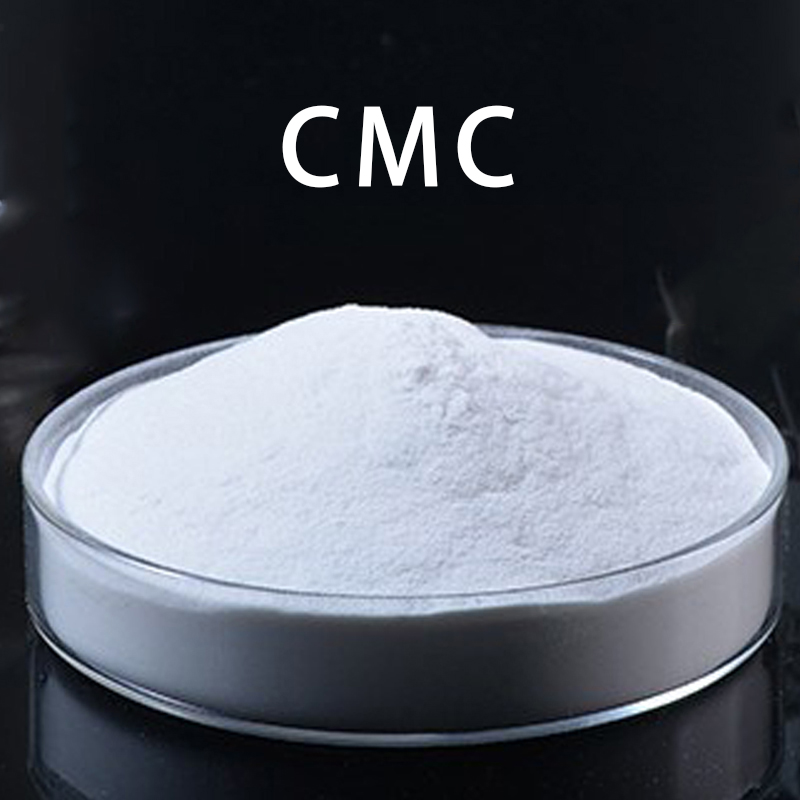Carboxymethyl cellulose (CMC) is a cellulose derivative that finds various applications in the food industry due to its unique functional properties. Some of the key functional properties of CMC in food applications include:
- Thickening:
- CMC is widely used as a thickening agent in food products. It enhances the viscosity of liquids, providing a smoother and more appealing texture to sauces, dressings, and other formulations.
- Stabilization:
- CMC acts as a stabilizer in emulsions, preventing the separation of oil and water phases. This is particularly useful in salad dressings, mayonnaise, and other emulsified products.
- Suspension:
- CMC is effective in suspending solid particles in liquids. It prevents settling or clumping, improving the overall stability of beverages, syrups, and certain sauces.
- Water Retention:
- CMC has the ability to retain water, which is beneficial in preventing moisture loss in certain food products. This property is advantageous in baked goods, where it helps maintain freshness and softness.
- Film-Forming:
- CMC can form films when applied to surfaces. This property is utilized in coating applications for fruits, confections, and other food items, providing a protective layer.
- Gelling:
- In combination with other ingredients, CMC can contribute to the formation of gels. This property is often utilized in the production of certain desserts, icings, and gummy candies.
- Improved Texture:
- CMC enhances the texture of various food products, contributing to a smooth and creamy mouthfeel. It is commonly used in dairy products, ice creams, and frozen desserts.
- Fat Replacement:
- In some low-fat or fat-free formulations, CMC can be used to mimic the mouthfeel and texture typically provided by fats. This is particularly relevant in reduced-calorie or light food products.
- Control of Crystal Formation:
- CMC is used in the production of frozen desserts to control ice crystal formation, improving the overall quality and texture of ice creams and sorbets.
10. Improved Freeze-Thaw Stability:
- CMC helps improve the stability of certain frozen products during repeated freeze-thaw cycles, maintaining the desired texture and preventing undesirable changes.
11. Binder in Extruded Products:
- In the production of extruded snacks and cereals, CMC can act as a binder, helping maintain the structural integrity of the final product.
These functional properties make CMC a versatile ingredient in the food industry, contributing to the quality, stability, and sensory attributes of a wide range of food products. The specific application and dosage of CMC depend on the desired outcome and the formulation requirements of each food product.


